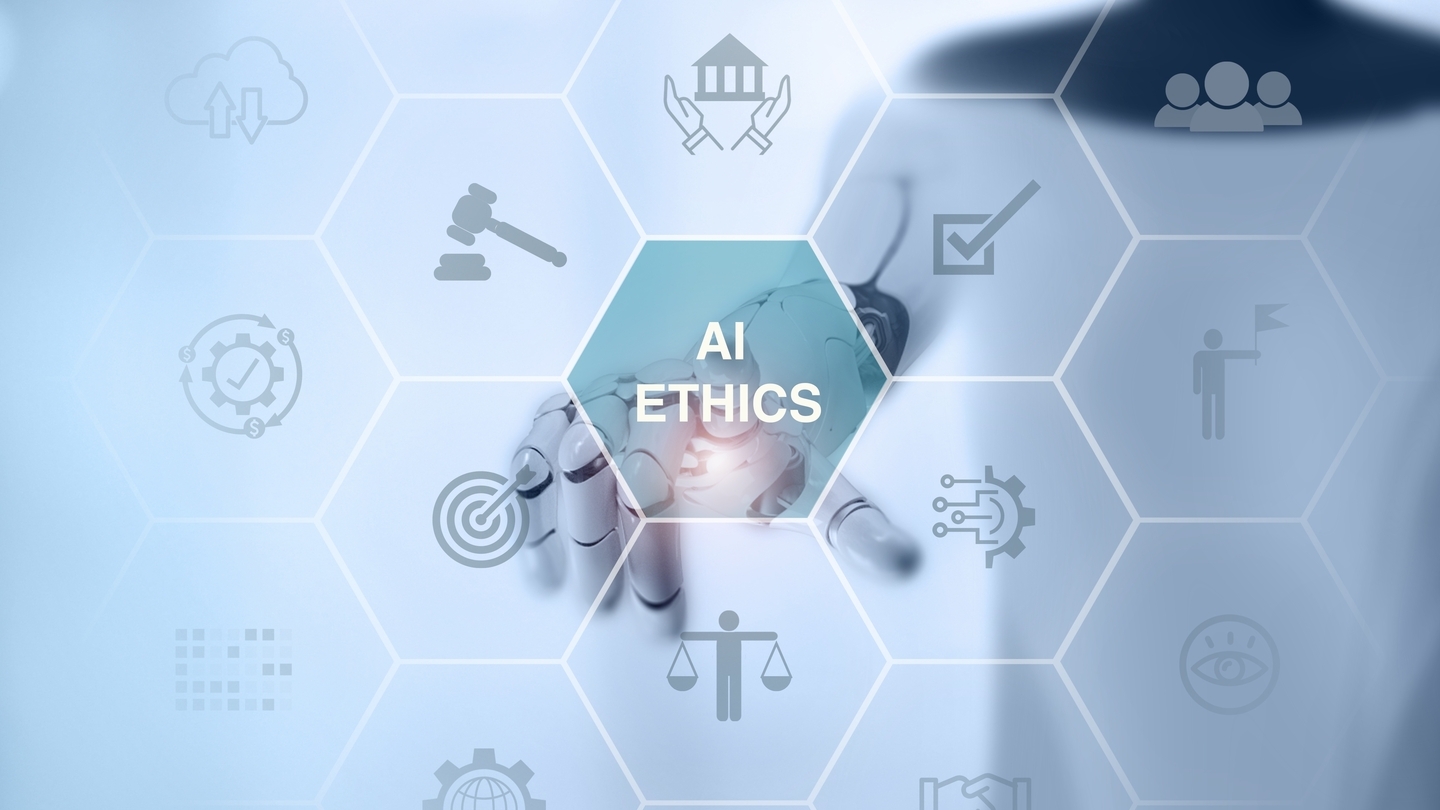Back in 2019, Netflix released data claiming that 45 million accounts – nearly a third of its total subscribers – had streamed the Sandra Bullock thriller Bird Box in its first week on the platform, a record for a Netflix film.
At face value that statistic was extraordinary. All things being equal, had the Susanne Bier-directed film been released in cinemas, it would have racked up nearly half a billion pounds in just one week based on an average ticket price of £10.
That record has since been surpassed by the 2021 comedy action movie Red Notice, which notched up 328.8 million viewing hours and has been seen by over 50 percent of all Netflix users. As reported by Screencrush, Bird Box took four weeks to rack up its 282 million viewing hours. In contrast, Red Notice surpassed that total in just 18 days.
It was proof of the soaring demand to stream movies at home and equally of the importance to streamers of securing original must-see content.
As for the effect on traditional moviegoing…
You are not signed in.
Only registered users can view this article.

Finding our ethical true north on AI: Part II
Part two of our insight into AI ethics and regulation continues with observations on industry efforts around standards and best practices, and why human impact should be the guiding force. James McKeown reports.
/Source - shutterstock_2464837145 (1).jpg)
Digital Catapult: AI innovations to supercharge the creative industries
Accelerated VFX workflows, video game characters you can converse with, and auto-generated visual experiences from sound for XR headsets are just some of the AI innovations devised by start-ups as part of a recent Digital Catapult programme. Adrian Pennington reports.
.jpg)
Neural Radiance Fields – A new approach to 3D modelling
From the chemical, mechanical and electrical process of creating a film, to the rise of virtual production, visual storytelling has always turned to cutting-edge technologies. Now Neural Radiance Fields (NeRF) could replace the traditional technological foundations that broadcasting and film are built upon. IBC365 speaks to leading researcher, Professor Ravi Ramamoorthi.
.jpg)
Future predictions – Part II: Leaders and analysts
The coming year hints at big changes in focus and innovations for the media and entertainment world. With giant leaps in AI advancements, streamlining production and the road ahead for ad-tech, how can vendors meet the demands of the hungry yet cost-conscious consumer, whilst staying ahead of the game? John Maxwell Hobbs gathers more expert insight from leaders and analysts in the second part of our future predictions series.

Future predictions – Part I: Broadcasters and suppliers
As we wrap up 2024, it’s time to consider what lies ahead for the media industry in 2025. John Maxwell Hobbs probed industry executives to share their crystal ball predictions on themes spanning the impact of AI, the transition from hardware to software-based solutions, data security and ways of reaching new audiences.




